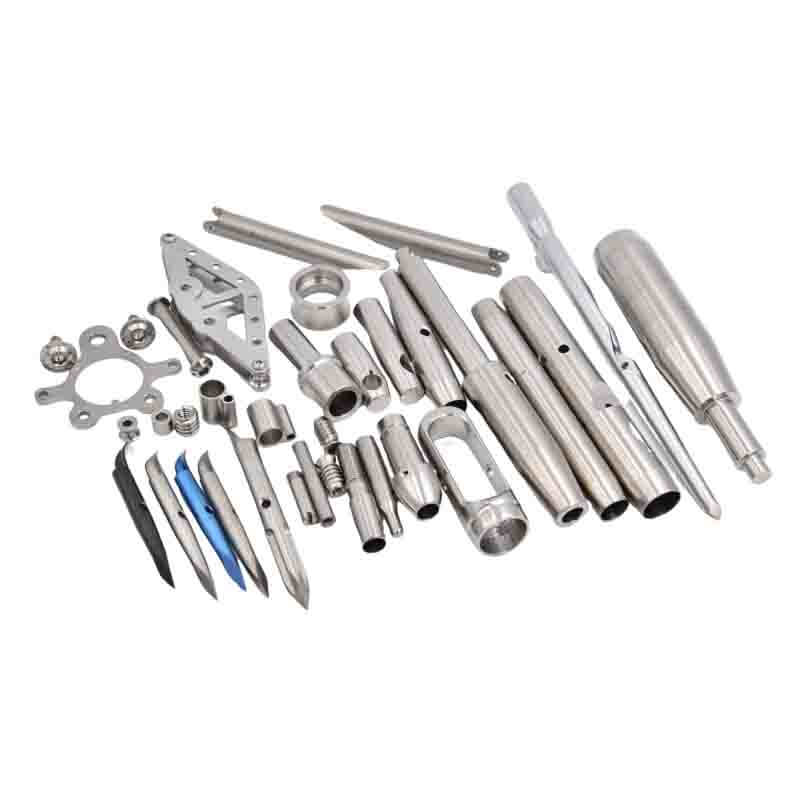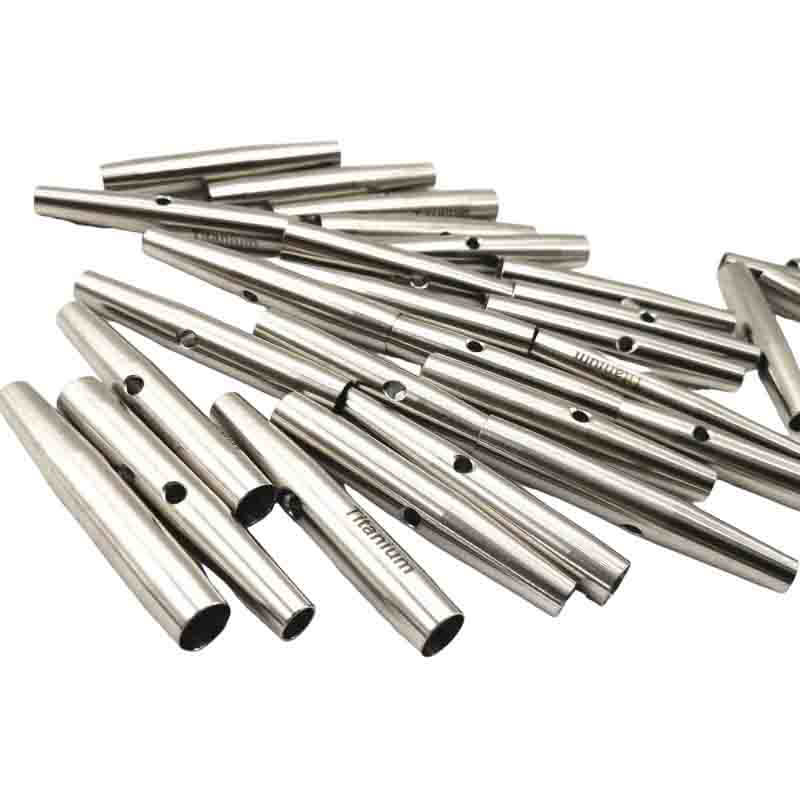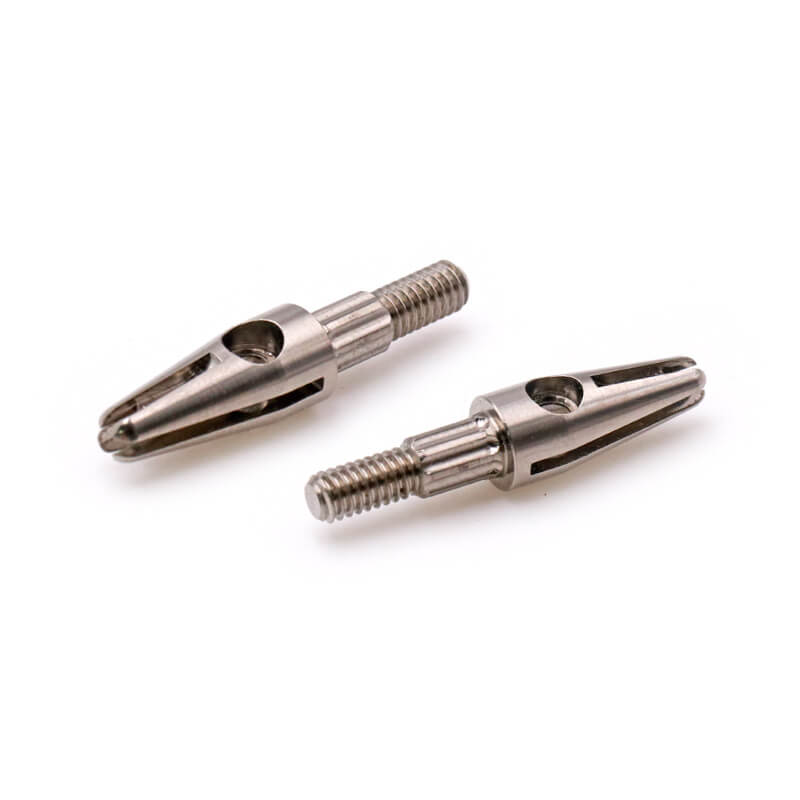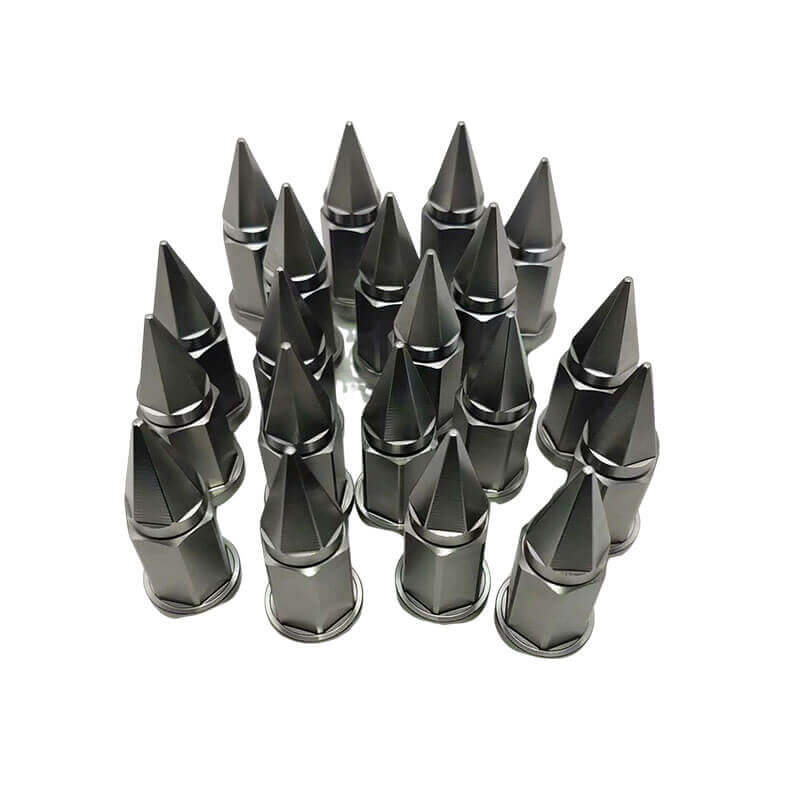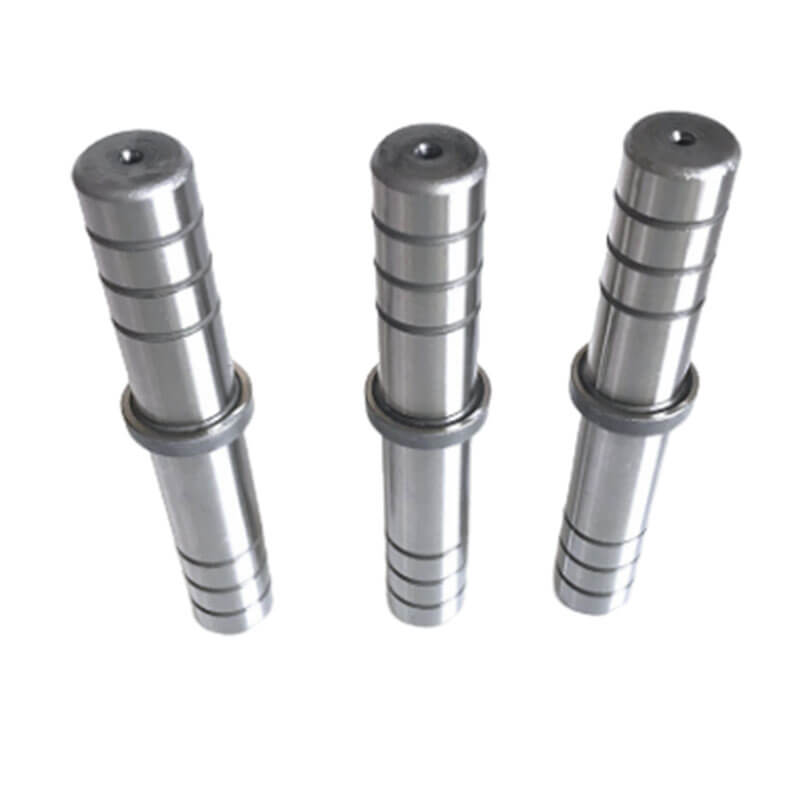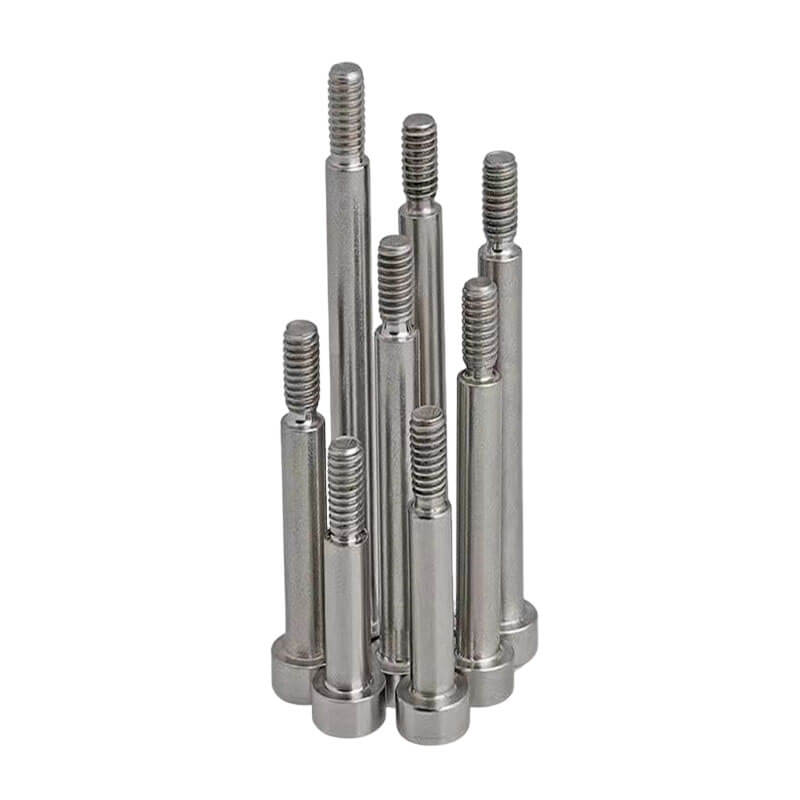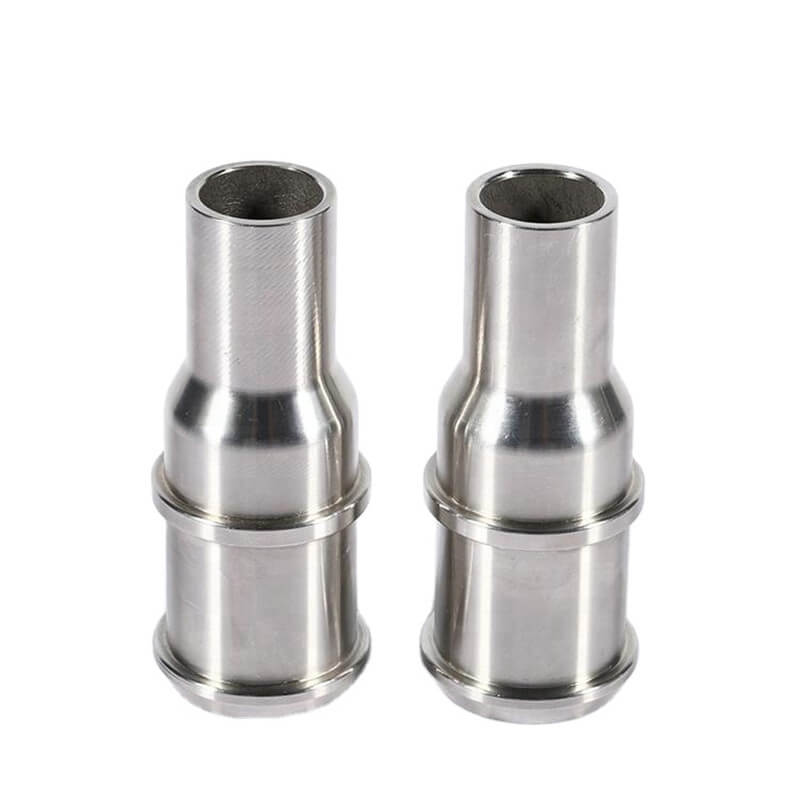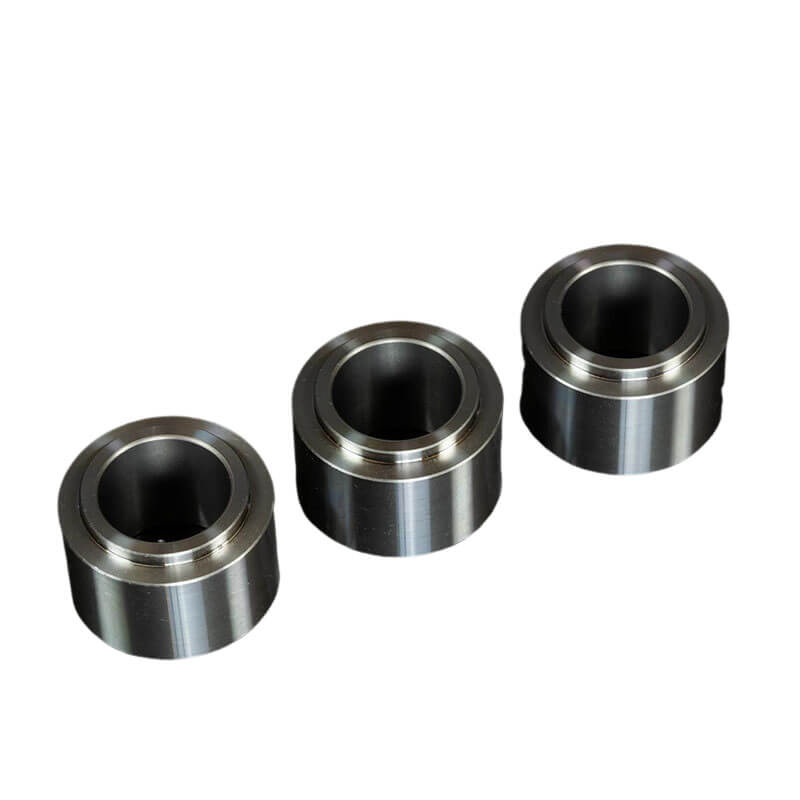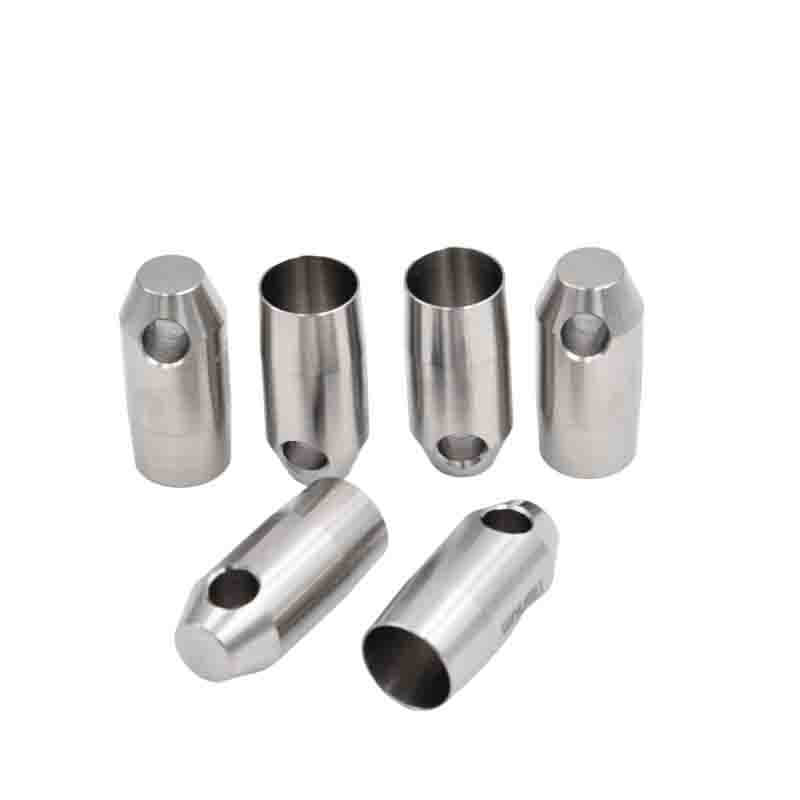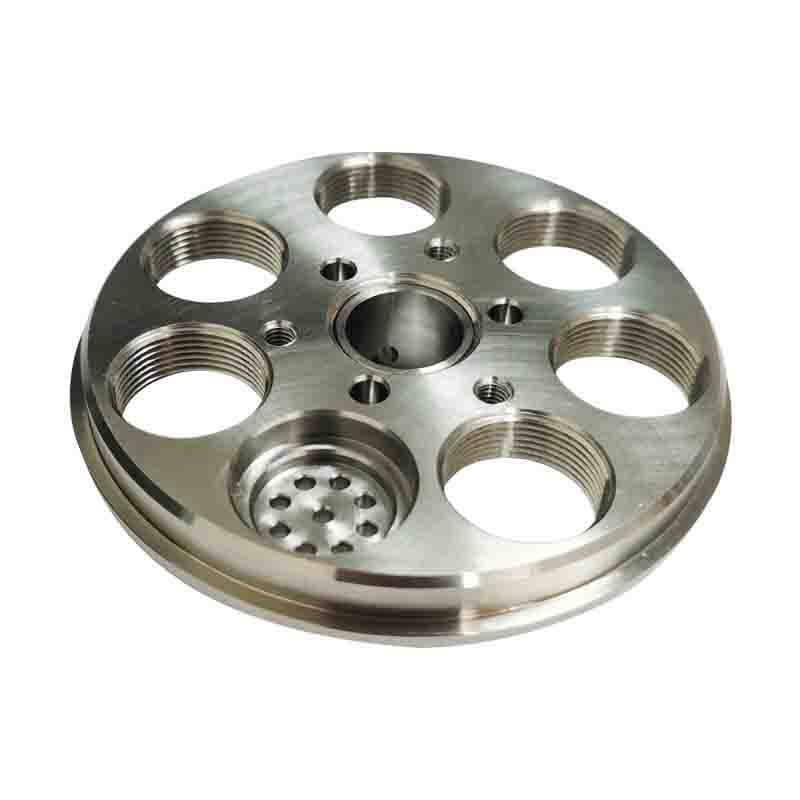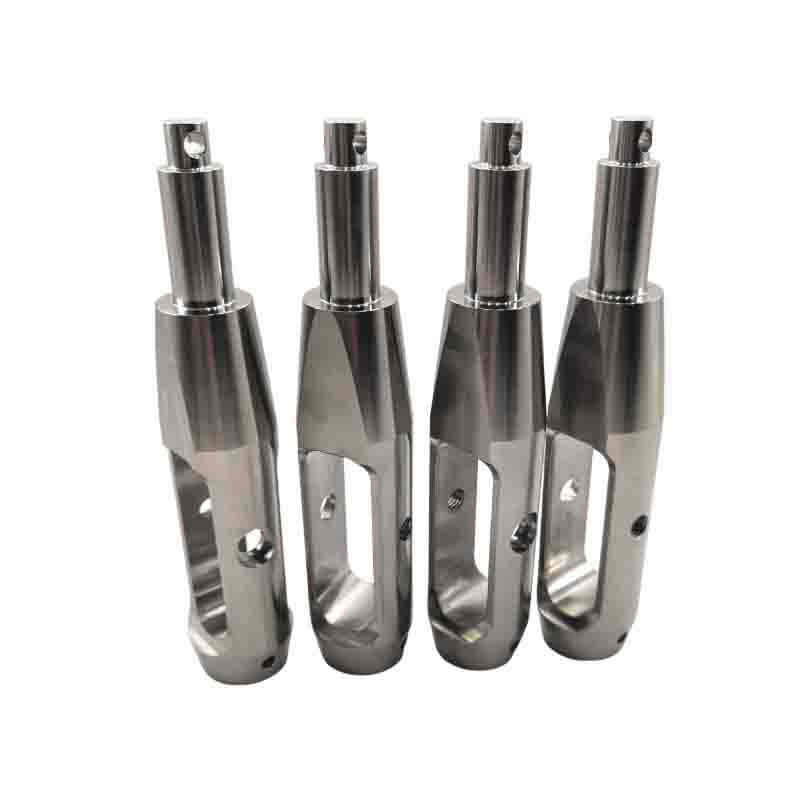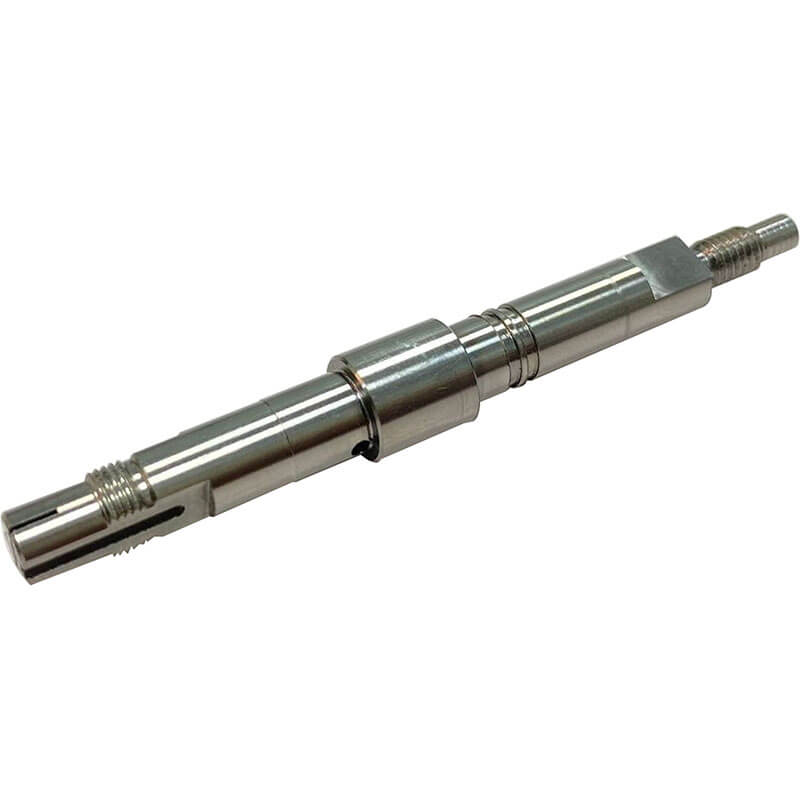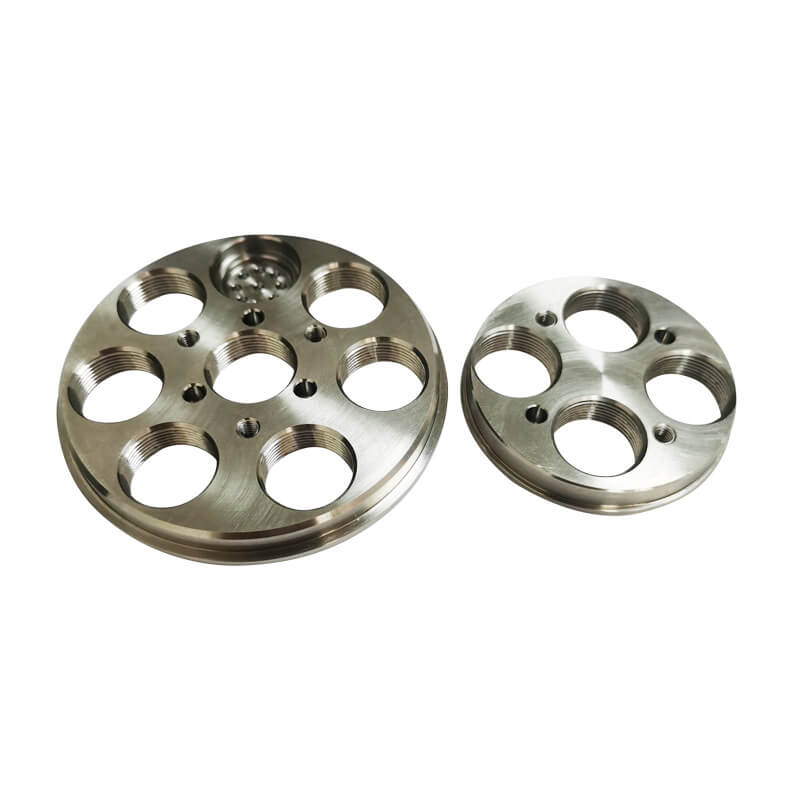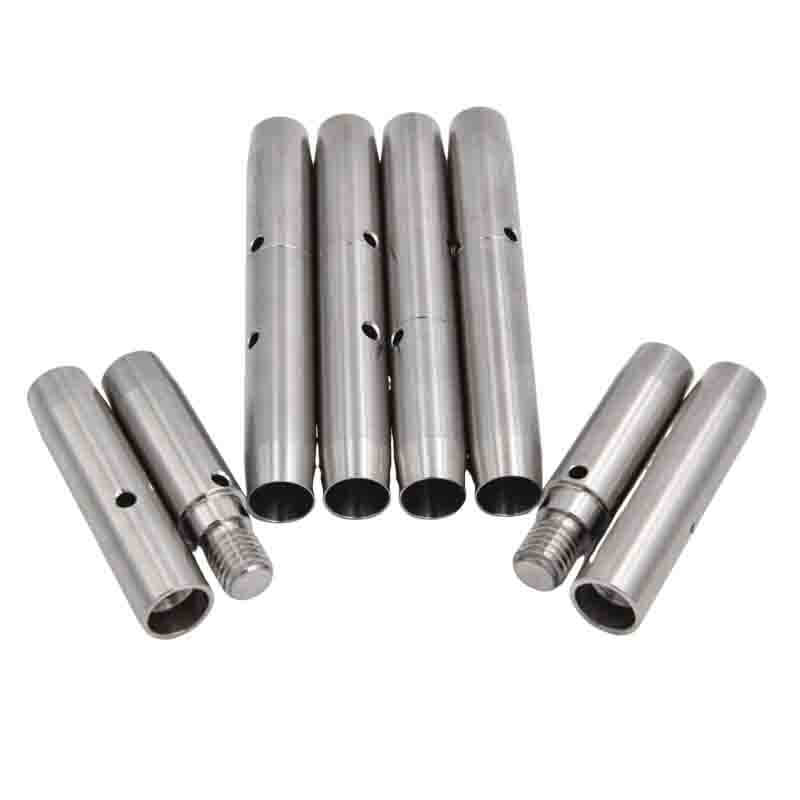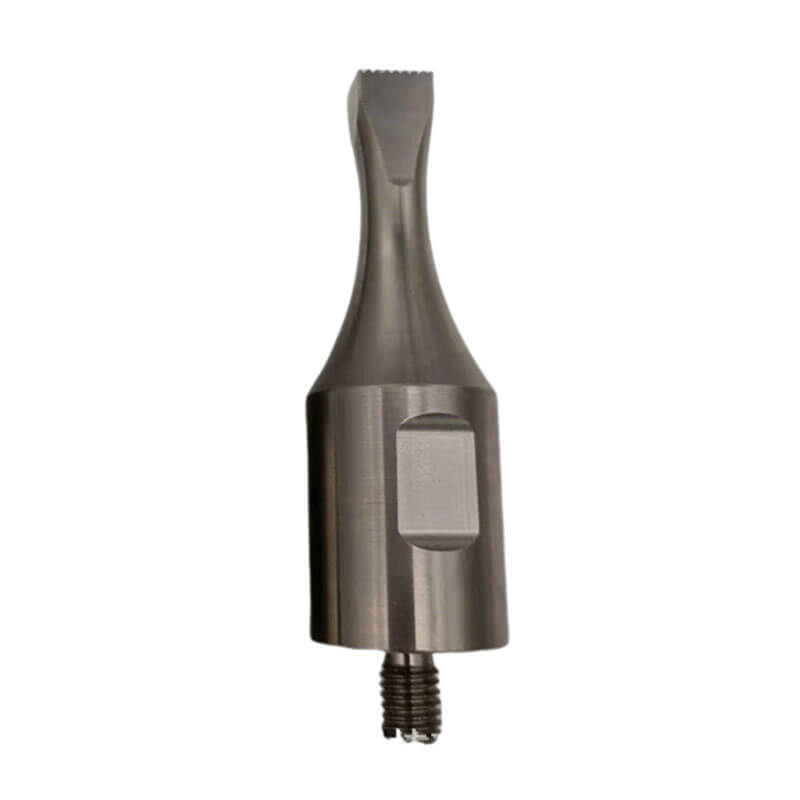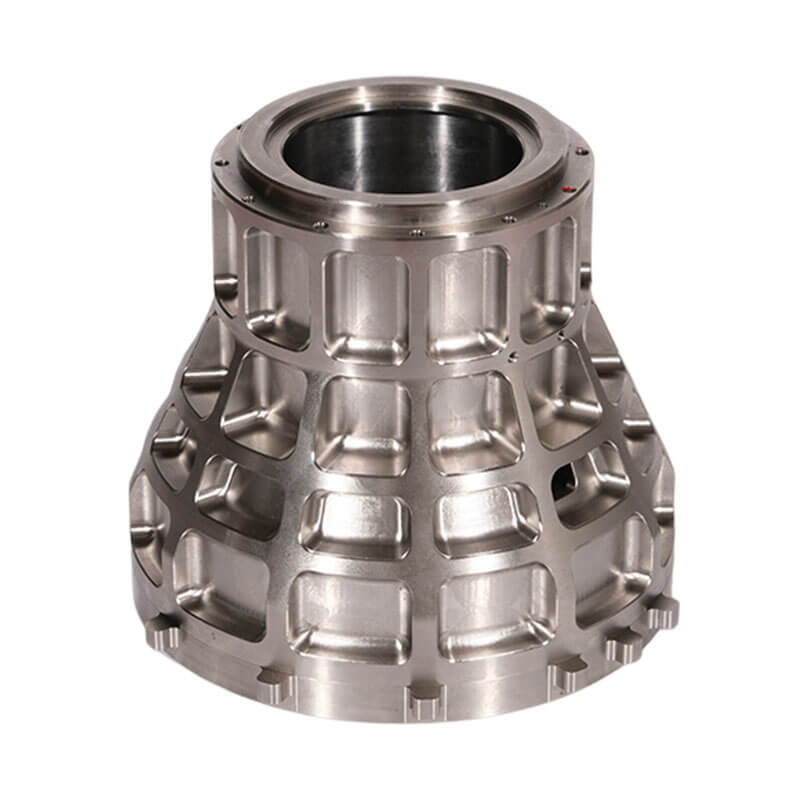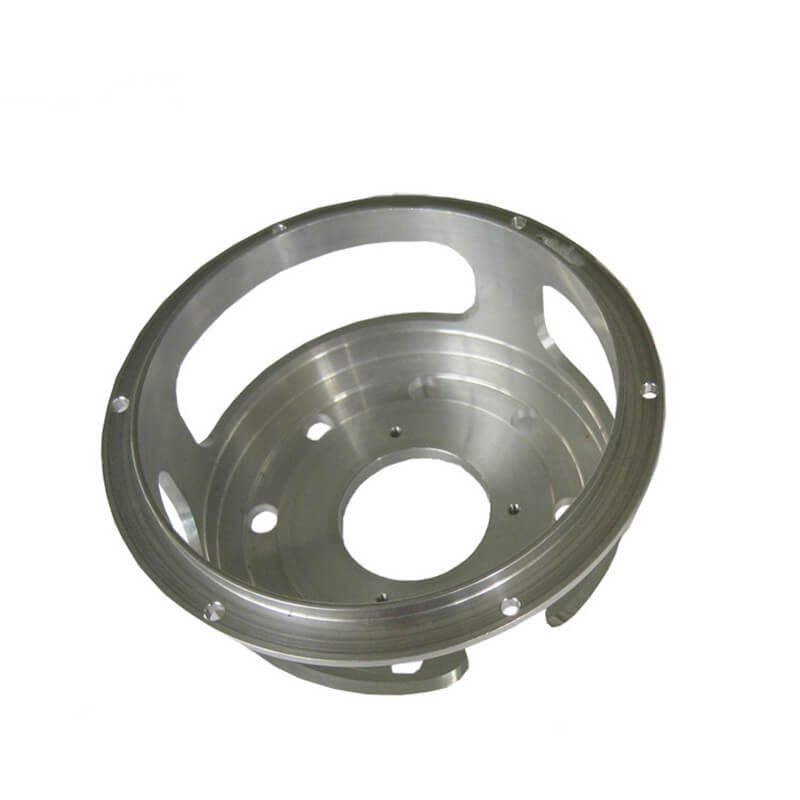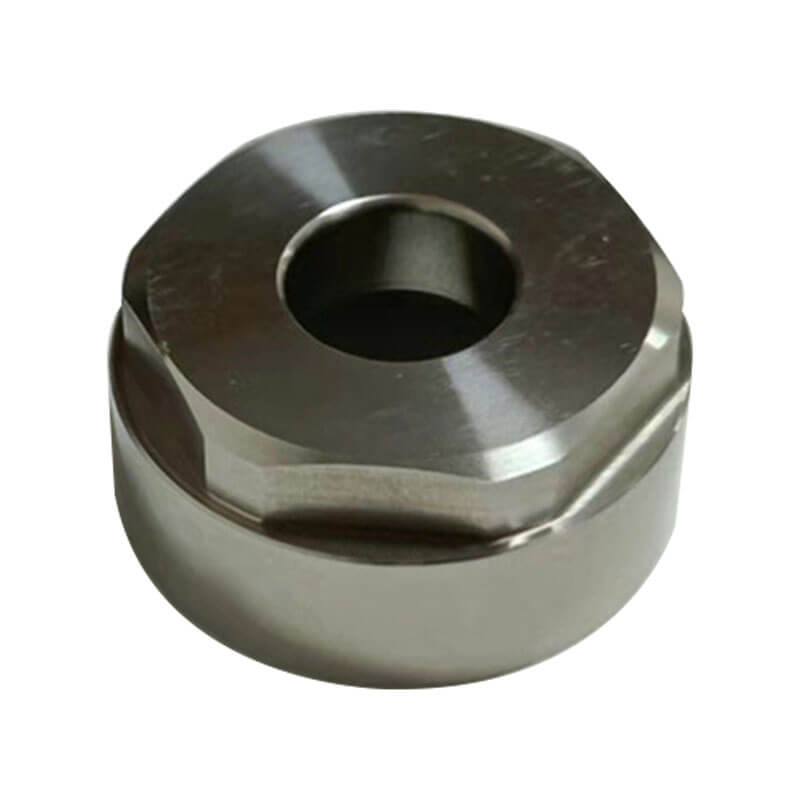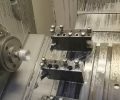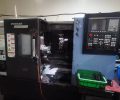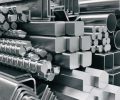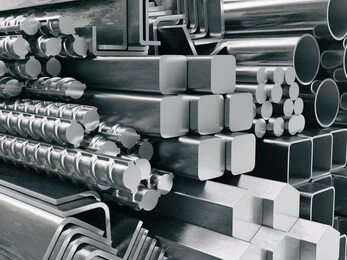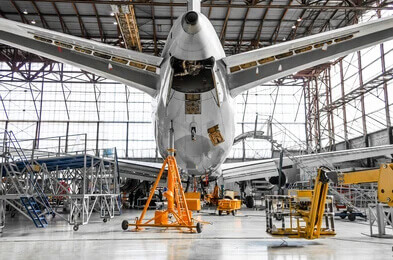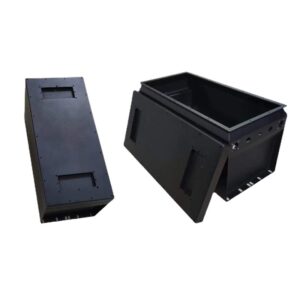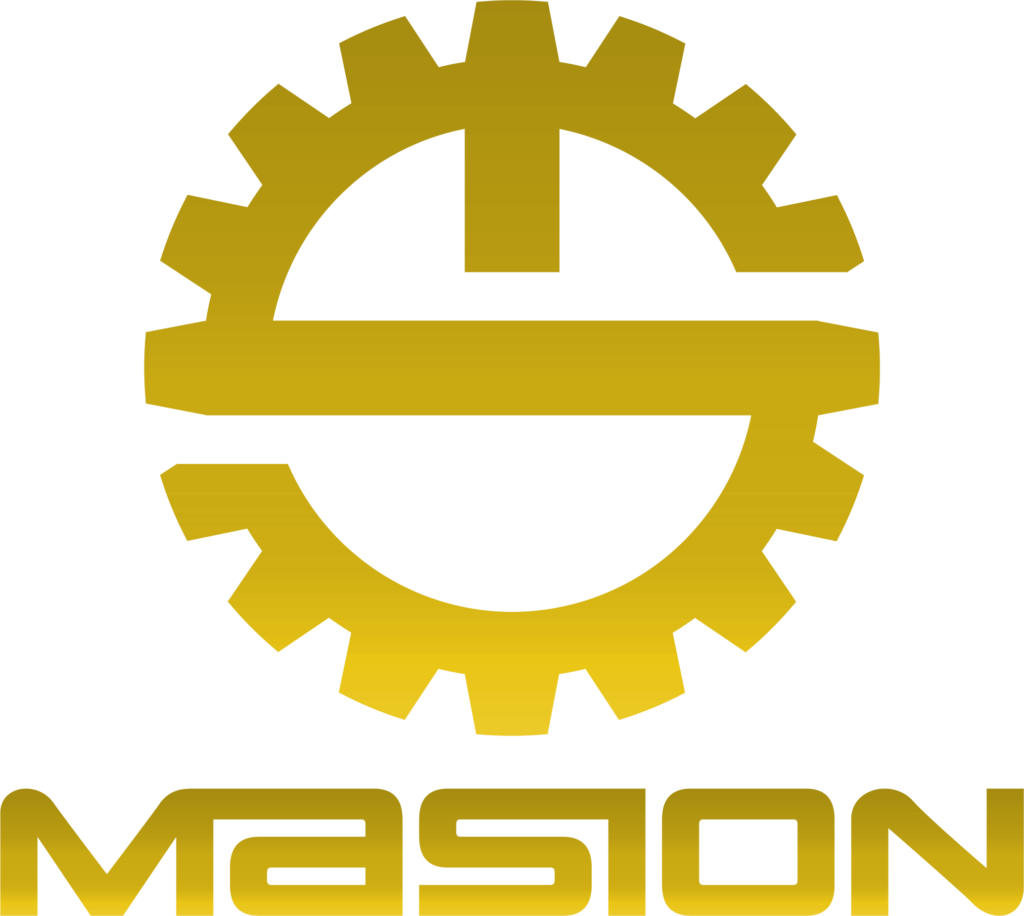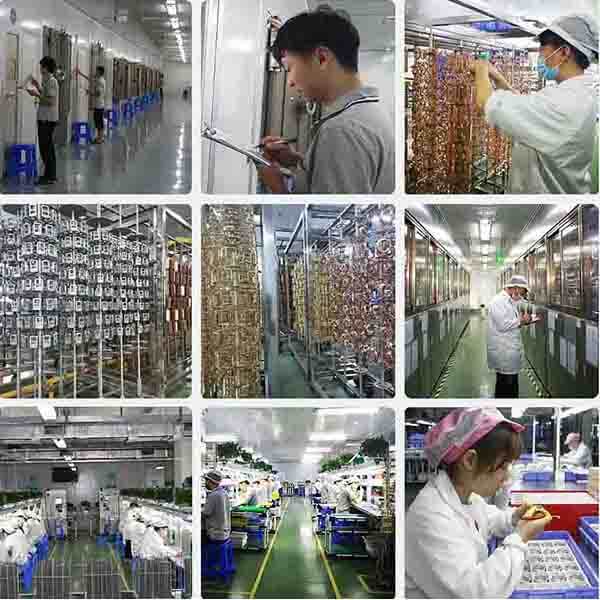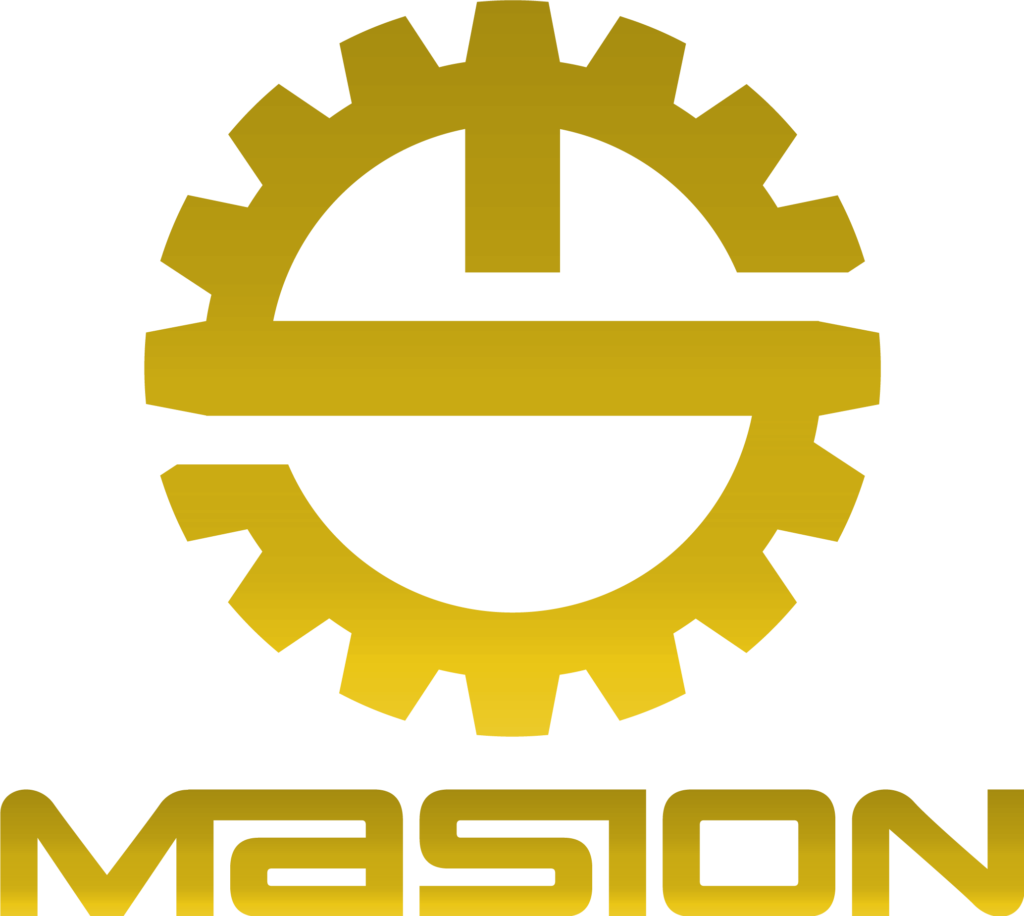“CNC titanium parts” collectively describe components or pieces made from titanium through the CNC machining process, such as milling,turning, drilling, cutting, threading, grooving, countersinking, etc. This involves using computer-controlled machines to precisely cut, shape, and finish titanium material according to the specifications and design requirements.
The colorful surface of titanium products is formed due to the oxidation of the surface, resulting in the formation of titanium dioxide. The titanium dioxide oxide film reflects light differently based on its thickness, producing various colors. Titanium coloring oxidation processes include atmospheric oxidation, anodizing, and deposition. Today, we will introduce the widely used anodizing method.
In titanium anodizing, titanium or its alloys are placed as the anode in a corresponding electrolyte solution (such as sulfuric acid, chromic acid, oxalic acid, etc.). Under specific conditions and the influence of an applied electric current, electrolysis takes place. The titanium or its alloy at the anode undergoes oxidation, forming a thin layer of titanium oxide on the surface. The thickness of this oxide layer ranges from 5 to 30 micrometers, and the hard anodized film can reach up to 25 to 150 micrometers. After anodizing, titanium or its alloy exhibits increased hardness and wear resistance, up to 250-500 kg/square millimeter, excellent heat resistance with a high melting point of 2320K for the hard anodized film, excellent insulation properties withstanding voltages of up to 2000V, and enhanced corrosion resistance lasting for thousands of hours in a salt spray environment.
The thin oxide film formed during anodizing contains numerous micro-pores capable of adsorbing various lubricants, making it suitable for manufacturing engine cylinders or other wear-resistant parts. The strong adsorption capacity of the film’s micro-pores allows it to take on various beautiful and vibrant colors. Anodizing can be applied to colored metals or their alloys (such as titanium, magnesium, etc.) and finds widespread use in mechanical parts, aircraft and automotive components, precision instruments, radio equipment, daily necessities, and architectural decoration. Typically, titanium or titanium alloys are used as the anode, with lead plates as the cathode, both immersed in an electrolyte solution containing sulfuric acid, oxalic acid, chromic acid, etc., for the electrolysis process, forming an oxide film on the surfaces of titanium and lead plates.
For products made of pure titanium, a dense oxide film naturally forms on the surface, providing excellent corrosion resistance in various environments at room temperature, eliminating the need for coatings. Pure titanium kettles, for example, demonstrate strong corrosion resistance outdoors, being unaffected by weak acids or alkalis. Whether exposed to river water or rain, rocks or vegetation, the pure titanium kettle can come into direct contact without corrosion. As there is no coating on the entire kettle body, it exhibits the unique gray color of pure titanium products and can be heated directly over a heat source to display vibrant colors. The dazzling colors of a titanium kettle arise from the thin, naturally formed oxide film (titanium and titanium dioxide) covering the metal’s surface. This thin film, also known as titanium rust, acts as a prism due to its high refractive index, causing light to refract and absorb different wavelengths, resulting in various colors. By artificially adjusting the thickness of this oxide film to 8-10 micrometers, thousands of similar colors can be displayed depending on the wavelength. Because this film is a high refractive index transparent film, it can exhibit a rich array of colors.
Titanium alloy is a high-strength, corrosion-resistant metal material widely used in aerospace, aviation, medical, and other fields. During usage, issues like scratches and oxidation may occur on the surface of titanium alloy, necessitating polishing treatments.
There are mainly two methods for polishing titanium alloy: mechanical polishing and chemical polishing.
Mechanical polishing involves using mechanical equipment and abrasives to grind the surface of the titanium alloy, improving its surface smoothness. Common mechanical polishing methods include manual polishing, mechanical polishing, and electrolytic polishing. Manual polishing is suitable for small areas and complex-shaped titanium alloy parts, requiring the use of tools like sandpaper and grinding wheels. Mechanical polishing is suitable for large areas and flat alloy surfaces, utilizing polishing machines for grinding. Electrolytic polishing involves using electrolytes to corrode the surface of the titanium alloy, enhancing its surface smoothness.
Chemical polishing utilizes chemical substances to corrode the surface of the titanium alloy, improving its surface smoothness. Common chemical polishing methods include acid etching, electrochemical polishing, and chemical-mechanical polishing. Acid etching uses acidic solutions to corrode the surface of the titanium alloy, enhancing its surface smoothness. Electrochemical polishing utilizes electrolytes to corrode the surface of the titanium alloy, improving its surface smoothness. Chemical-mechanical polishing involves using chemical substances and mechanical equipment to grind the surface of the titanium alloy, enhancing its surface smoothness.
When conducting titanium alloy polishing, attention should be paid to the following points:
1.Choose the appropriate polishing method based on the condition of the titanium alloy surface, selecting either mechanical or chemical polishing.
2.Select suitable abrasives and polishing liquids according to the material and surface condition of the titanium alloy.
3.Control the polishing time and intensity, as excessive polishing can damage the surface of the titanium alloy, affecting its performance.
4.After polishing, cleaning and rust prevention treatments are necessary to avoid re-oxidation and corrosion of the titanium alloy surface.
Titanium alloy polishing is a crucial surface treatment process that enhances the surface smoothness and corrosion resistance of titanium alloy, prolonging its service life. When conducting titanium alloy polishing, it is essential to choose the appropriate polishing methods and processes, control the polishing time and intensity, and ensure the quality and performance of the alloy surface.
The main factors influencing the cost of CNC machining are:
Material: Different raw materials have varying prices.
Tolerance: Tolerance requirements directly impact the choice of machining equipment.
Quantity: Batch processing can reduce programming costs.
Machining time: The longer the time required for machining a workpiece, the higher the cost.
Delivery time: Urgent orders incur higher costs.
Undoubtedly, CNC machining offers advantages for complex and irregularly shaped parts that conventional lathe machining cannot match. With such robust advantages, CNC machining continues to be favored by entrepreneurs. Today, let’s analyze the factors that determine the cost of CNC machining.
Firstly, the factors affecting CNC machining prices mainly include material, tolerance, quantity, machining time, delivery time, and more. To illustrate each point more clearly:
Material:
As widely known, different raw materials are crucial determinants of pricing trends. The quality of the material also influences the overall quality of the workpiece.
Tolerance:
Finer tolerances can reduce the scrap rate of machined parts, but this comes with higher costs.
Quantity:
Programming time remains the same whether machining one or a thousand pieces. Batch processing can reduce programming costs and overall prices.
Machining Time:
This is self-explanatory – the longer the machining time required for a workpiece, the higher the cost.
Delivery Time:
Apart from regular orders, urgent orders often require coordination among more staff for machining and subsequent delivery. The delay caused to other orders due to prioritizing urgent ones is also a cost or can be simplistically understood as an expedited processing fee.
In summary, these factors collectively contribute to the cost of CNC machining. The advantages of CNC machining for complex parts make it a preferred choice, and understanding these cost factors helps in effective project planning and budgeting.
Titanium alloy is a crucial metallic material known for its outstanding performance and widespread applications. In the realm of machining, titanium alloys present unique characteristics and challenges. This article explores the difficulties encountered in titanium alloy processing, their solutions, and delves into the applications and development trends of titanium alloys in the machining field.
I. Challenges in Titanium Alloy Processing
High Hardness: Titanium alloys exhibit high hardness, leading to severe tool wear and reduced machining efficiency.
Low Elastic Modulus: The low elastic modulus of titanium alloys makes them prone to deformation and vibrations during processing, impacting machining precision.
High Chemical Reactivity: Titanium alloys have high chemical reactivity, potentially causing reactions with tool materials and exacerbating tool wear.
Poor Thermal Conductivity: Limited thermal conductivity in titanium alloys makes heat dissipation challenging, increasing the risk of surface burning during processing.
II. Solutions
High-Performance Tool Materials: Adopting high-performance tool materials such as carbide and ceramics enhances tool durability and lifespan.
Advanced Machining Processes: Utilizing advanced machining processes like high-speed cutting and laser machining improves processing efficiency and reduces tool wear.
Specialized Processing Parameters and Cooling Methods: Implementing specific processing parameters and cooling methods, such as low-speed cutting and coolant spraying, helps lower surface temperatures and prevent burning.
Precision Machining Equipment and Processes: Employing precision machining equipment and processes like CNC machines and machining centers elevates machining accuracy and reduces vibrations.
Aerospace Industry: Titanium alloys find extensive applications in the aerospace sector, primarily used in the manufacturing of critical components for high-performance products such as aircraft and rockets.
Medical Field: The use of titanium alloys in the medical field is increasingly widespread, notably for manufacturing high-demand products like artificial joints and dental implants.
Automotive Sector: With the growing demand for lightweight automotive components, titanium alloys are becoming increasingly prevalent in the automotive industry. They are mainly employed in the manufacturing of automotive parts and structural components.
Energy Sector: Titanium alloys are gaining widespread use in the energy sector, particularly in the production of high-performance products such as nuclear reactors and solar panels.
Enhanced Efficiency: With the continuous advancement of processing technologies, the future trend in titanium alloy machining is towards increased efficiency. The primary focus will be on adopting advanced machining techniques and equipment to elevate processing efficiency and reduce costs.
Precision: As demands for product accuracy and quality rise in aerospace, medical, and other industries, precision in titanium alloy machining is poised to be a future development trend. Utilizing precision machining equipment and processes to enhance accuracy and reduce errors will be a key area of research.
Green and Environmental Sustainability: With growing environmental awareness, the green and environmentally sustainable aspects of titanium alloy machining are expected to be a future development trend. The emphasis will be on adopting environmentally friendly machining technologies and equipment to minimize environmental pollution and resource wastage.
New Materials: With the continuous development of new material technologies, the composite application of titanium alloys with other materials is anticipated to be a future trend. Research will focus on employing new material technologies and processes to develop innovative titanium alloy products and explore new application areas.

